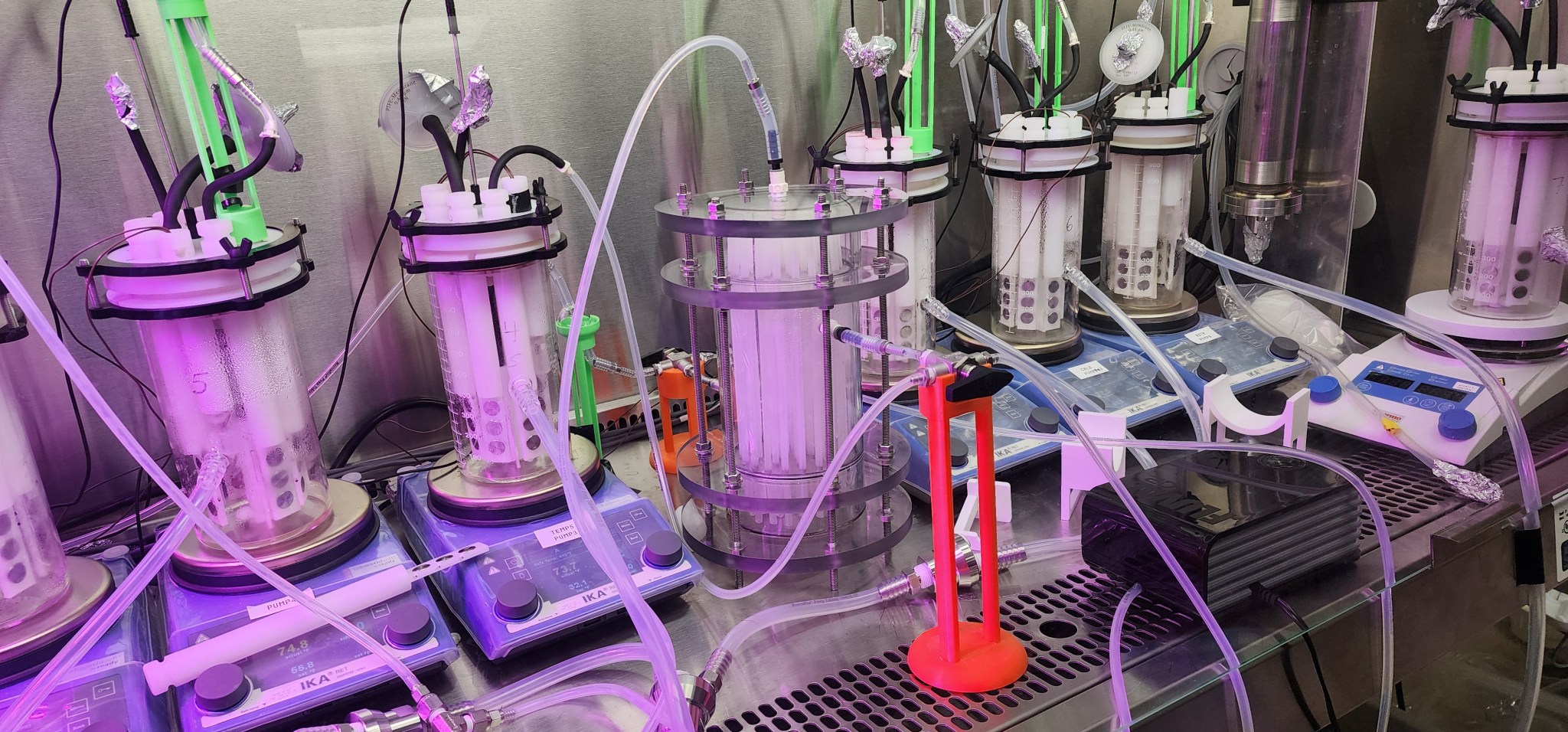4 min read

A small group of scientists on the biofilm mitigation team at NASA's Marshall Space Center in Huntsville, Alabama, study solutions to combat the fast-growing colony of bacteria or fungi, known as biofilm, for future space missions.
Biofilm occurs when a cluster of bacteria or fungi generates a slimy matrix of "extracellular polymeric substances" to protect itself from adverse environmental factors. Biofilm can be found nearly anywhere, from the gray-green scum floating on stagnant pond water to the pinkish ring of residue in a dirty bathtub.
For medical, food production, and wastewater processing industries, biofilm is often a costly issue. But offworld, biofilm proves to be even more resilient.
"Bacteria shrug off many of the challenges humans deal with in space, including microgravity, pressure changes, ultraviolet light, nutrient levels, even radiation," said Yo-Ann Velez-Justiniano, a microbiologist and environmental control systems engineer at Marshall.






